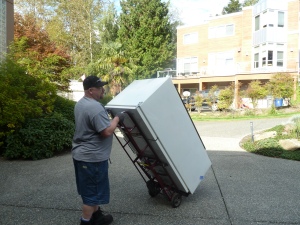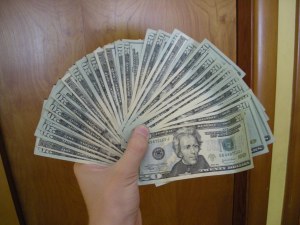Sellers’ markets on this map are in red and there is no red in Seattle or on Seattle’s eastside. Most of the neighborhoods are buyers’ markets, which are in green. Only two areas, Bellevue and Redmond near Microsoft, which is area 530, and area 600, which is Woodinville, Bothell, Duvall, are balanced markets. Last month, Bellevue and Redmond near Microsoft and Kirkland were the balanced markets.
A balanced market is when homes on average are selling between 3-6 months, which means there was a level playing field between buyers and sellers in those areas for that particular month. A buyers’ market means the homes on average are taking longer than 6 months to sell and a sellers’ market means the homes take less than 3 months to sell.
A real estate market is labeled a buyer or sellers’ market depending on the homes that actually sold that particular month. Since the sales can vary each month, the type of real estate market can very easily change, going back and forth between a buyer or seller advantage. Don’t count on the market staying the same each month in any area.
Remember, too, an area may be a buyers’ market and there can still be a terrific home that’s the best of the competition and sells with multiple offers or for full price. It’s always important to understand how much competition a particular home has and how well priced it is when compared to the competition. So look at the overall real estate market, look at the market in your neighborhood, and then look at the specific home and how well it’s priced for that market. Weigh all of this information when making a buying decision or a decision as to how to price your home.
What do the numbers on the map mean?
The map is divided into the numbered areas as defined by our Northwest Multiple Listing Service (NWMLS). Downtown Bellevue is area 520 and East Bellevue is area 530, as an example.
What do the colors mean?
Red means it’s a sellers’ market, a sellers’ advantage.
Yellow means a balanced market between buyers and sellers.
Green means it’s a buyers’ market.
If you take each area as shown on the map and look to the area number on the side of the map, it will tell you how long it would take to sell every home currently for sale if no other home came up on the market in that area.
 Facebook
Facebook
 X
X
 Pinterest
Pinterest
 Copy Link
Copy Link







